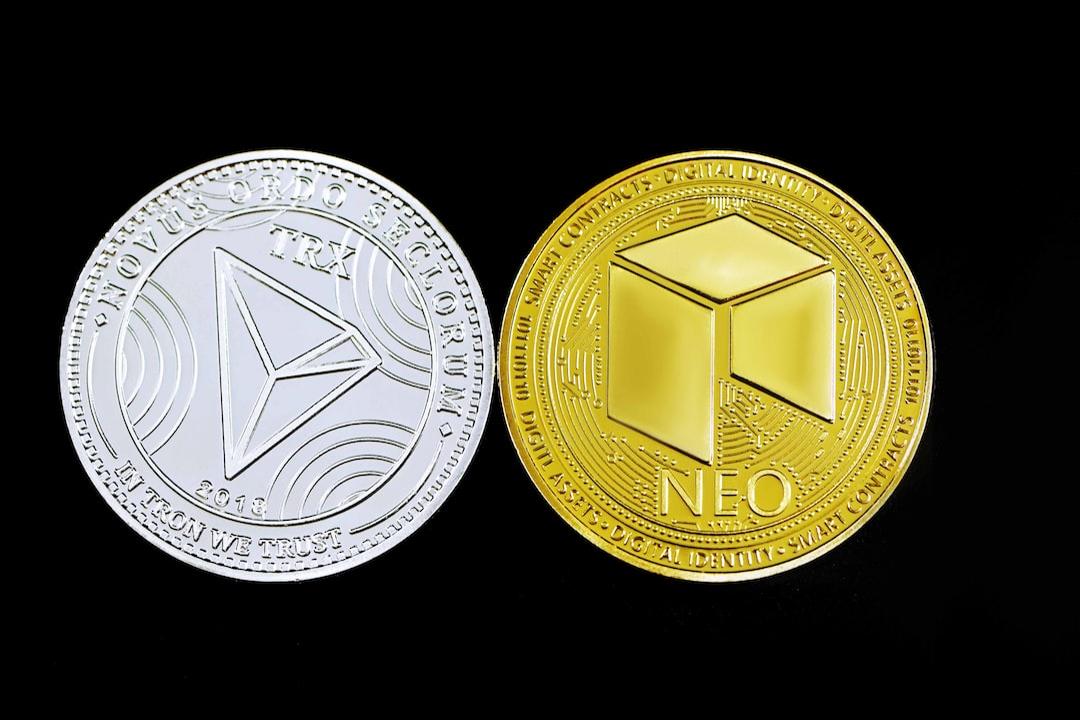Key Takeaways
Schnorr signatures enable efficient, private transactions through signature aggregation.
ICP’s Schnorr integration allows direct Bitcoin interaction, boosting its cross-chain potential.
Schnorr signatures represent a cutting-edge digital signature scheme that offers significant improvements in efficiency, privacy, and security compared to traditional signature algorithms. Developed by renowned cryptographer Claus Schnorr in 1989 with methods published in 1991, these signatures have recently gained prominence for their potential to enhance blockchain networks and other cryptographic systems.
At their core, Schnorr signatures utilize elliptic curve cryptography to generate compact, efficient signatures that can be easily verified. The key innovation of Schnorr signatures lies in their ability to allow multiple signatures to be aggregated into a single signature, enabling substantial space savings and privacy benefits. This feature makes them particularly well-suited for use in blockchain networks, where efficiency and privacy are paramount.
How Schnorr signatures are made
Schnorr signatures are built using a method called the Fiat-Shamir transformation, which turns an interactive process (Schnorr’s identification protocol) into a non-interactive digital signature. This means the signature can be created and verified without back-and-forth communication.
The security of Schnorr signatures is based on a theoretical model called the generic group model. This model assumes that certain mathematical operations are hard to reverse, making the signatures difficult to forge.
However, the security also depends on using a good hash function – a tool that turns data into a fixed-size string of characters. When these conditions are met, Schnorr signatures provide strong security, which is why they’re becoming popular in important cryptographic systems.
Key features and advantages
Schnorr signatures offer several important advantages that set them apart from traditional digital signature schemes:
- Signature aggregation: One of the most powerful features of Schnorr signatures is their ability to combine multiple signatures into one compact signature. This aggregation capability significantly reduces transaction sizes and associated fees, making it especially useful for complex multi-signature transactions or scenarios involving multiple parties.
- Enhanced privacy: The aggregation feature of Schnorr signatures also provides substantial privacy benefits. By making it difficult to distinguish between single-signature and multi-signature transactions, Schnorr signatures improve overall transaction privacy on the blockchain. This makes it harder for external observers to analyze transaction patterns or identify specific participants.
- Non-malleability: Schnorr signatures are inherently resistant to a type of attack called signature malleability. In malleable signature schemes, valid signatures can be altered without invalidating them, potentially leading to transaction vulnerabilities. The non-malleability of Schnorr signatures improves security and simplifies the implementation of certain blockchain protocols.
- Batch verification: Another efficiency advantage of Schnorr signatures is their ability to be verified in batches. Multiple Schnorr signatures can be verified together more efficiently than verifying each individually, reducing the computational load on network nodes. This feature is particularly beneficial for blockchain networks that need to process large volumes of transactions.
- Key aggregation: In addition to signature aggregation, Schnorr signatures also support key aggregation. This allows multiple public keys to be combined into a single public key, further enhancing privacy and efficiency in multi-party transactions.
- Simplicity and provable security: Compared to some other signature schemes, Schnorr signatures are relatively simple in their construction. This simplicity, combined with their provable security properties, makes them an attractive option for cryptographic systems where reliability and ease of implementation are crucial.
Implementation and impact
The implementation of Schnorr signatures in blockchain networks has been a significant development in recent years. In November 2021, Schnorr signatures were introduced to Bitcoin as part of the Taproot upgrade, marking one of the network’s most substantial technical improvements. By enabling more efficient and private transactions, Schnorr signatures help improve Bitcoin’s scalability and fungibility, addressing two of the network’s longstanding challenges.
Other blockchain networks are also adopting or exploring Schnorr signatures, recognizing their potential to enhance their systems. One such example is the Internet Computer Protocol (ICP), which recently integrated threshold Schnorr signatures as part of its Deuterium milestone. This integration allows ICP smart contracts to directly sign Bitcoin transactions, enabling developers to build novel applications that interact with Bitcoin’s growing ecosystem of Ordinals and token protocols.
The adoption of Schnorr signatures extends beyond just efficiency gains. They open up new possibilities for cross-chain interactions and the development of more sophisticated decentralized applications. For instance, the ICP integration enables projects like Omnity Network to handle Bitcoin Taproot assets and connect with other blockchains, expanding the interoperability of different blockchain ecosystems.
As Schnorr signatures continue to be implemented across various blockchain networks, their impact is likely to grow. They have the potential to significantly improve the efficiency of transactions, enhance privacy for users, and enable new forms of cross-chain interactions. Such improvements could lead to more scalable and interconnected blockchain ecosystems, potentially driving greater adoption of blockchain technologies across industries.

